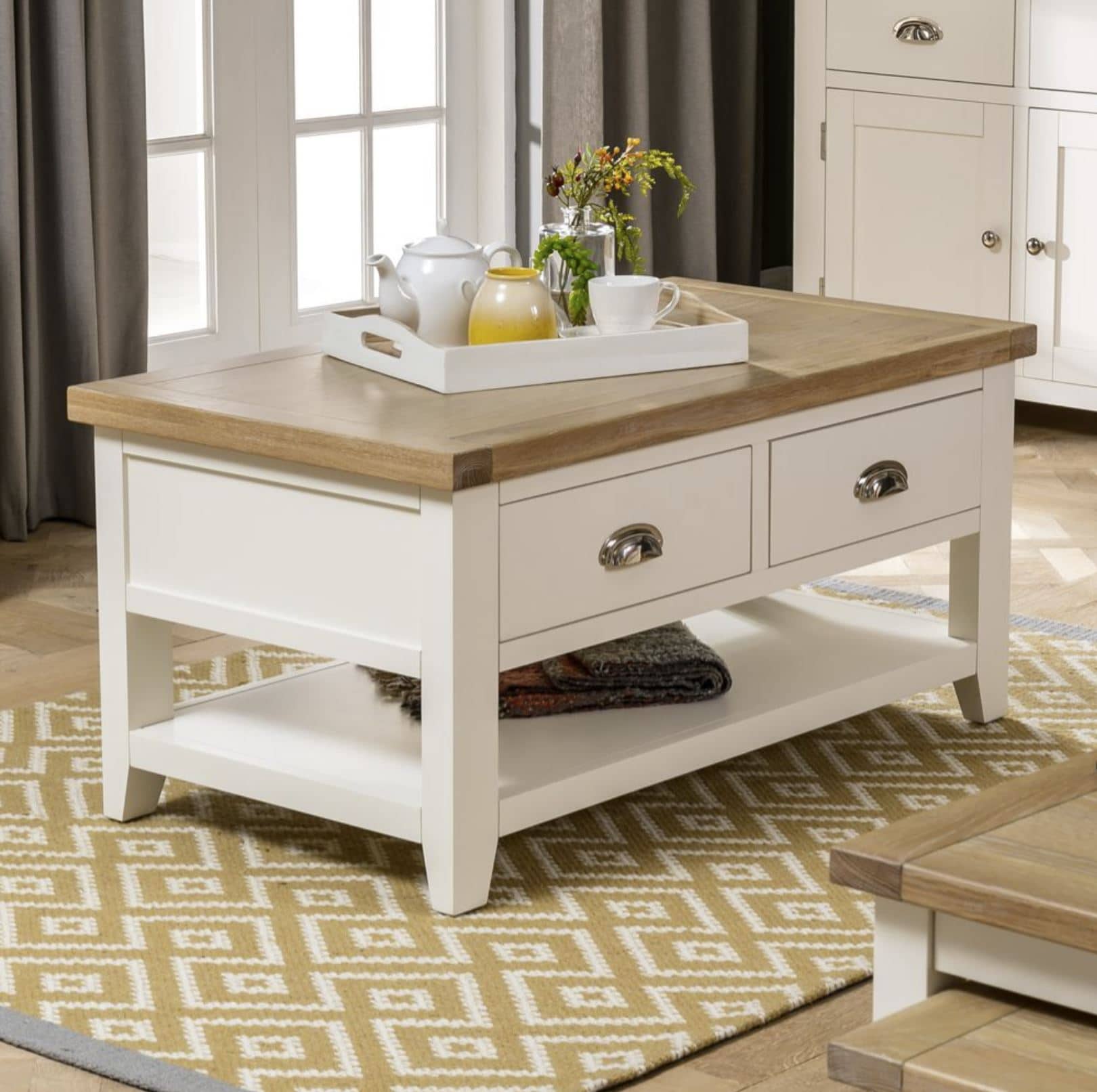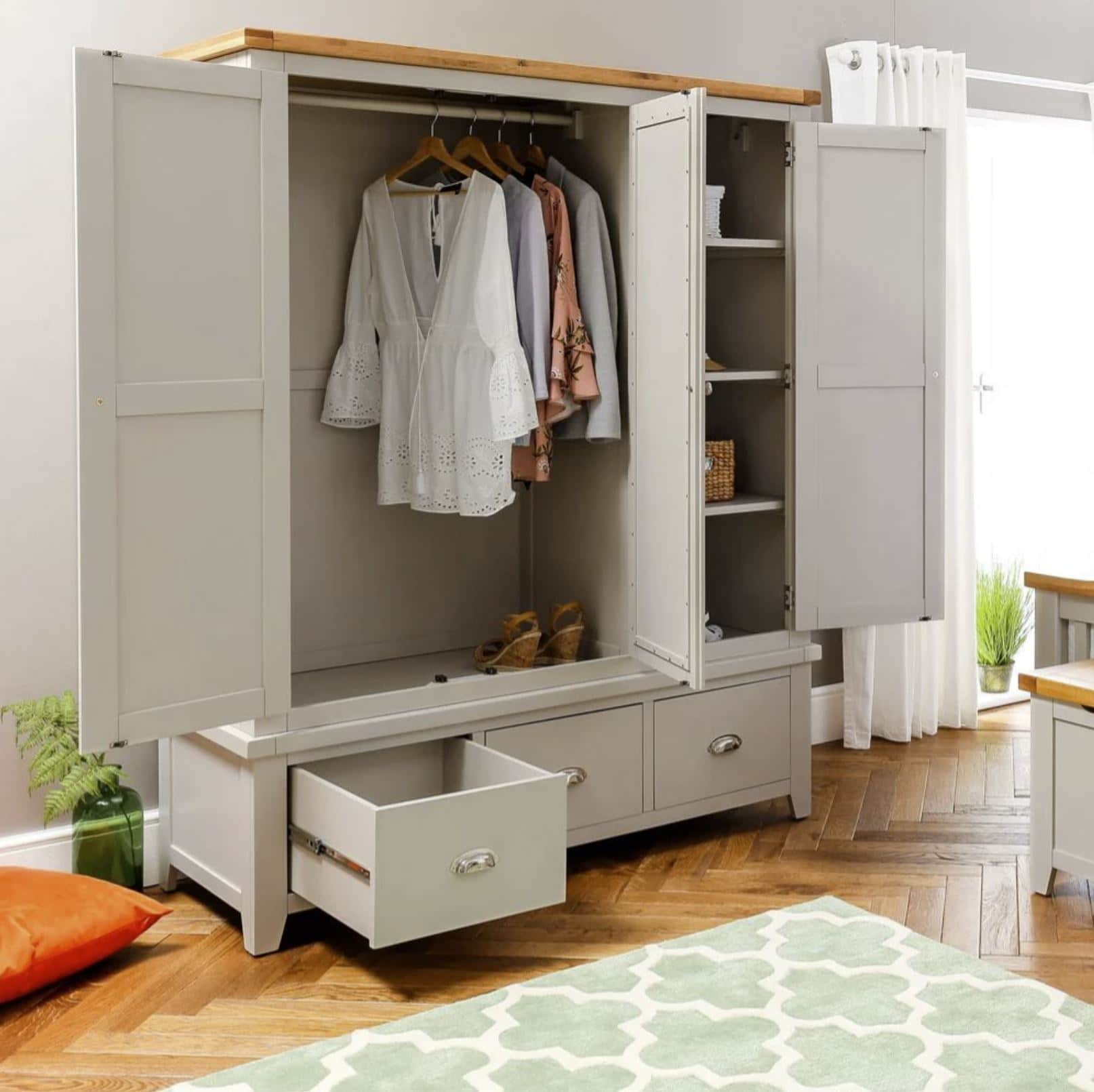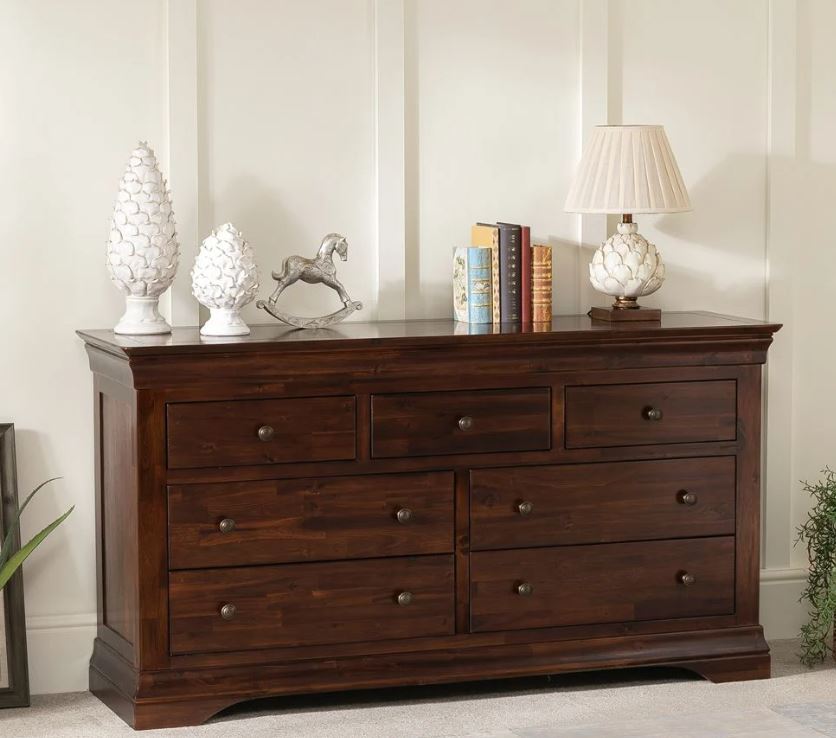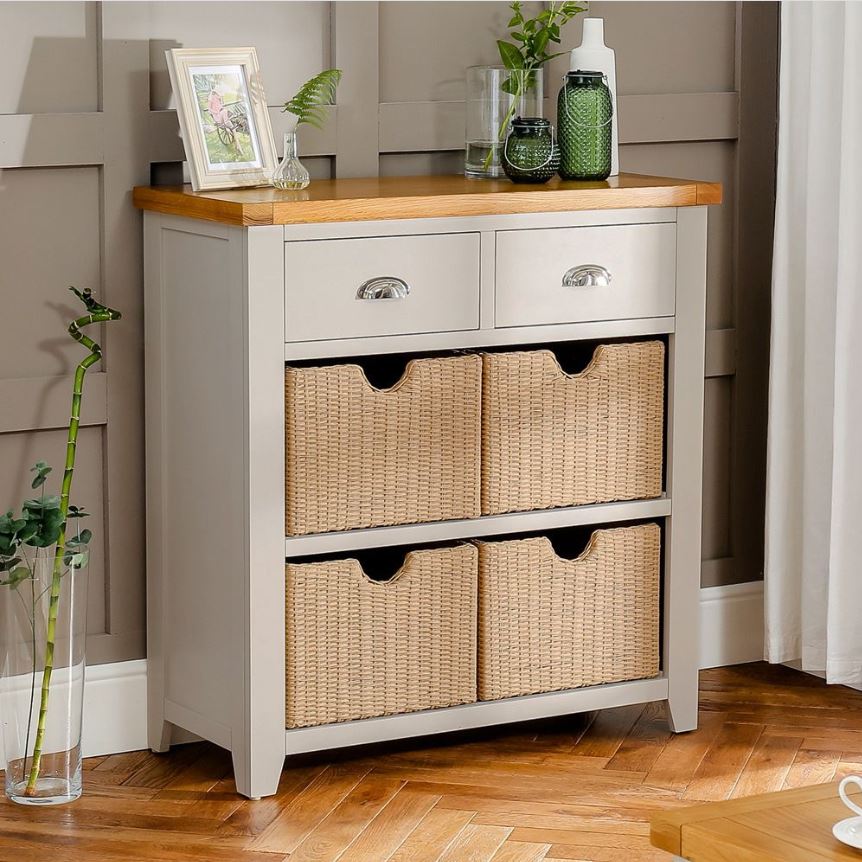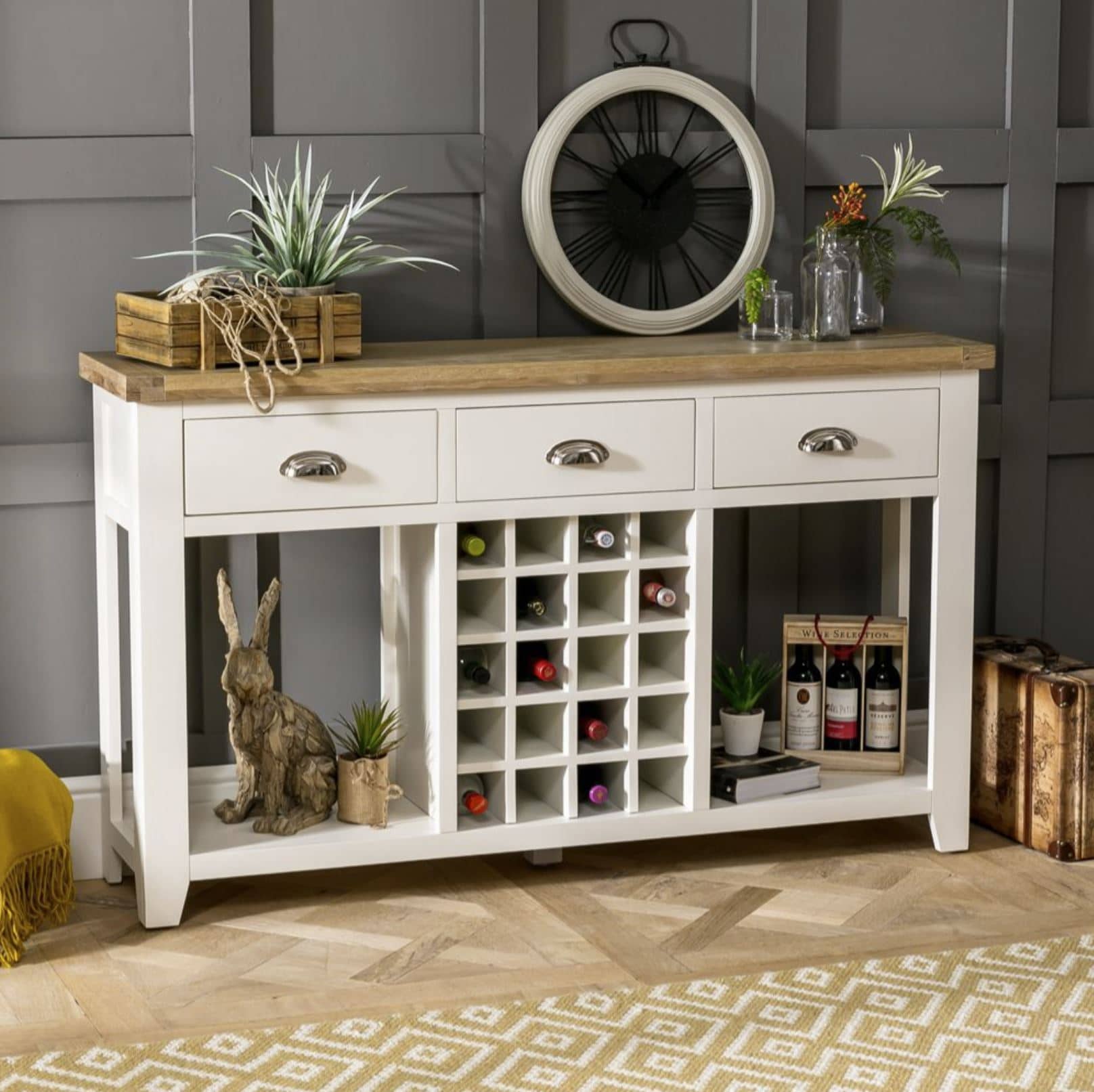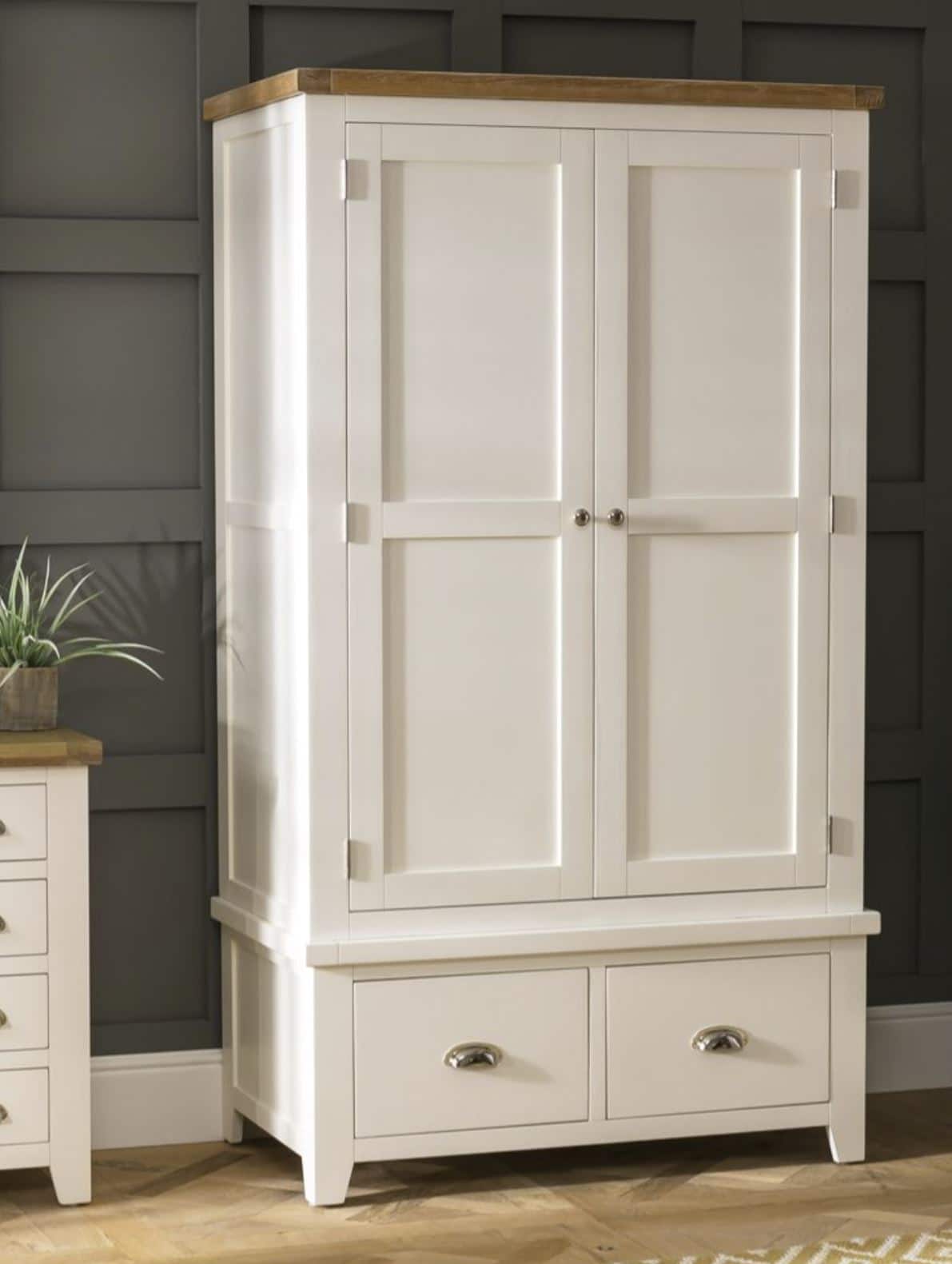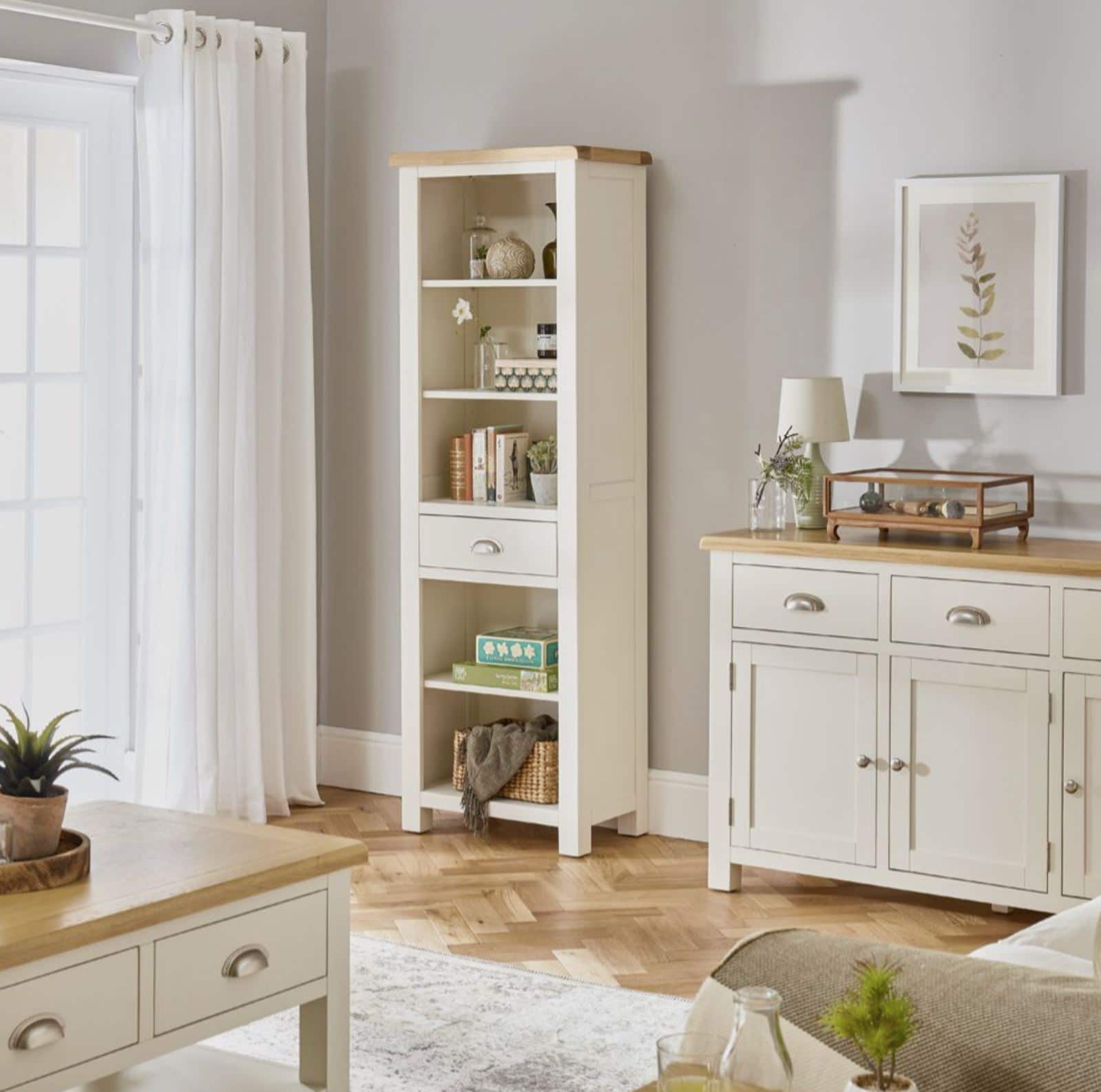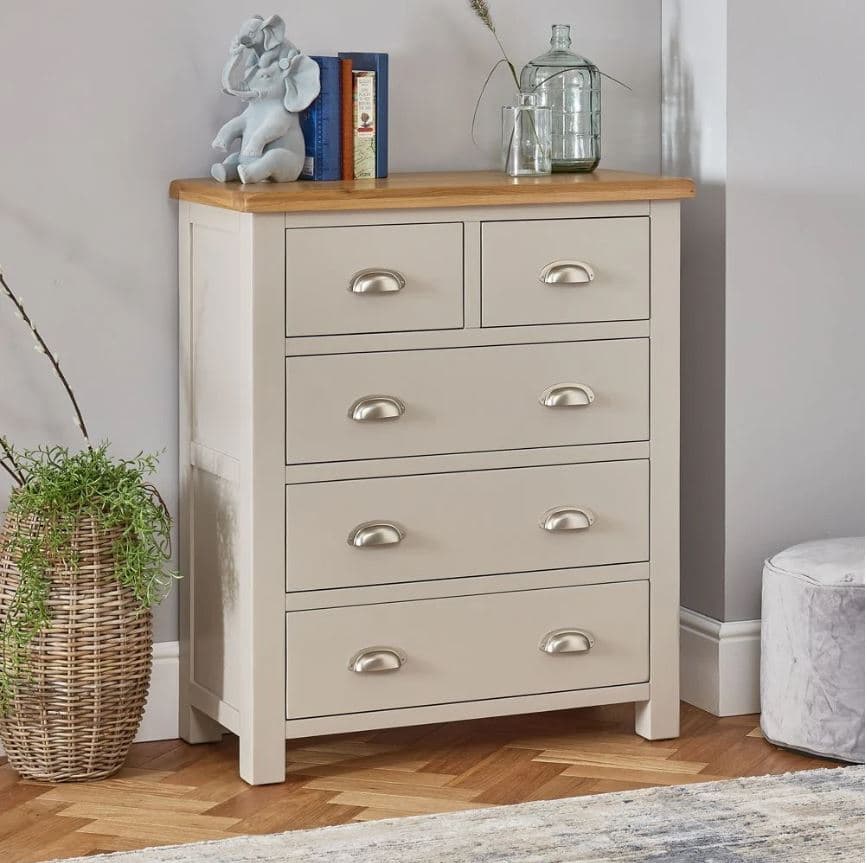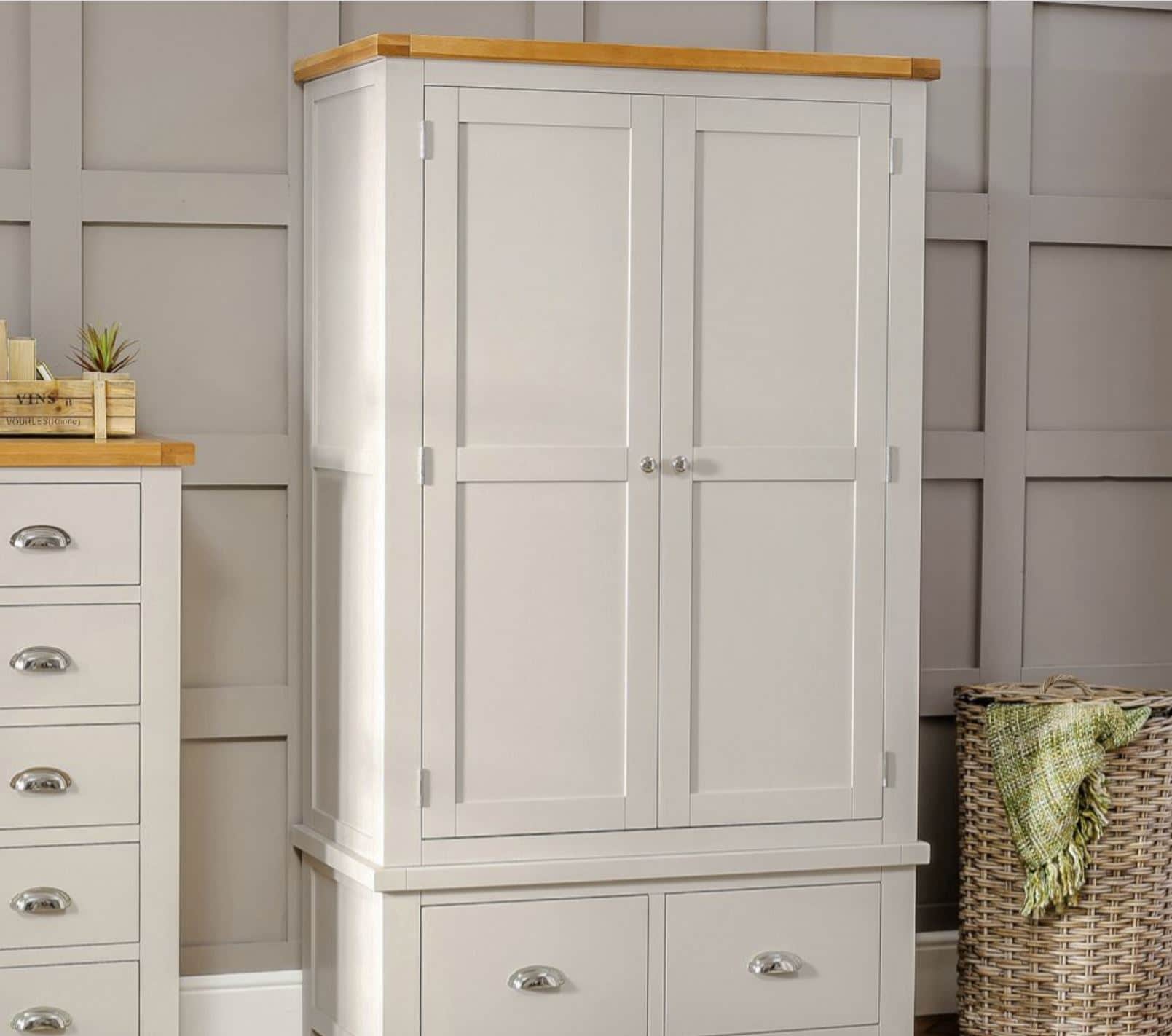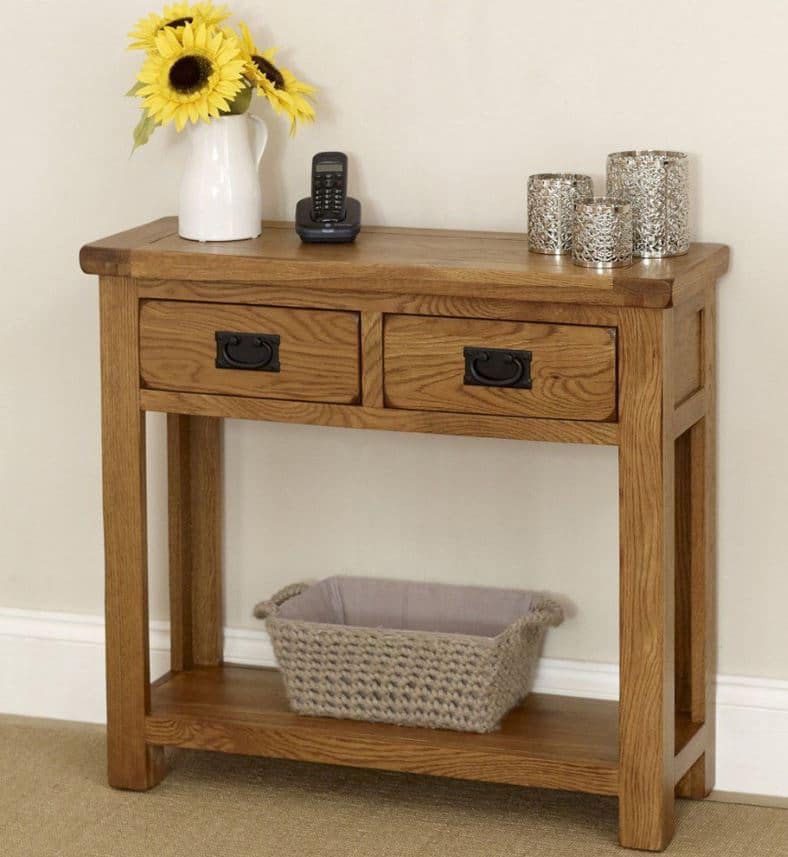Literary Interiors - Jane Austen's 'Emma'
- By Alicia Newman
- Interior Design Ideas
- views
Today I’m delving into the famous homes of one of the world’s most well loved novels; Jane Austen’s Emma. Published in 1815 the lead character Emma Woodhouse is described as “handsome, clever, and rich" and has a personality that would not be out of place in the 21st century, possibly signifying why this novel is still as popular today as it was back then. The novels two main locations are the Woodhouse family home - ‘Hartfield’ and the home of the dashing Mr Knightley - ‘Donwell Abbey’. These residences play a heavy role in the novel and provide the perfect inspiration for an interior design inspired by the novel.
Hartfield
Hartfield is the home of Emma and her father Mr Woodhouse and is in some part the geographical centre of the novel. It is here that many of the events and conversations of the novel take place and where many of the excursions and travels originate from. While Jane Austen gives us no detailed description of the Woodhouse country home we can establish that the interiors would have been very fine due to Emma’s high social status. Also the novel was set in a small era known as the ‘Regency Period’ therefore we can place the style of the home’s interior within the trends and decor of this time.
Hartfield would have essentially be a Georgian home with elements of regency style and decor. Rooms would have been light airy and spacious in pale colour schemes such as cream, Wedgewood blue, dusky pink and sage green that were accented with pale woodwork and ornamentation. Furniture was more delicate and ornately carved than previous periods with much of the furniture items being Italian in style with wing back chairs and Romanesque columns and carvings.
Walls were often partially panelled (only up to the dado rail) with a painted upper section or a detailed wallpaper that was brought in from the Far East. These wallpapers featured simple repeating patterns such as trefoils or in later years geometric patterns with a darker shadowed background. Oriental rugs were a much have feature of regency homes and were used to cover areas of solid wood or marbled flooring in wealthy homes such as Hartfield. Upholstery was usually delicately floral in co-ordinating colour schemes with accents of metallic embroidery for a rich and opulent finish.
Fireplaces were the focal points of each room and featured cast iron backs and decorated mantles that featured ornate urns, swags and pillars that reflected the Italian style that had been brought back from the wealthy travels of the residents on the ‘Grand Tour’. The front of the fireplace featured a basket grate and fire screens often accompanied each grate; painted in a design that matched the rest of the interior. The majority of decorative objects would have been oriental in style such as fans, porcelain and lacquer work and paintings (mainly family portraits) would have hung in formal groupings on feature walls and fireplace areas.
Donwell Abbey
Donwell is given a brief description in the novel through the similarities between the residence and its resident Mr Knightley. “It was just what it ought to be, and it looked what it was—and Emma felt an increasing respect for it, as the residence of a family of such true gentility, untainted in blood and understanding.” (42.35) While Emma’s family owns a wonderful and large country house Mr Knightley’s home is considered a ‘Great House’ with an estate that takes up much of Highbury itself. As this house is much older than that of the Woodhouse family it is safe to say that the interiors would have amassed many decorative features and accessories from many interior design periods as well as reflecting the gentility and history of the Knightley family.
Due to the age of the estate the majority of the interiors would have been Tudor in design and colour schemes would have been warmer and richer than regency style homes with cosy cream, red, green and gold. Many of the walls would be decorated with dark wood panelling from the floor to ceiling with heavy tapestries that depicted historical events or family emblems.
Velvet and brocade fabrics would have featured heavily on curtains and upholstery with swathes of drapes enveloping chunky carved bed frames. Furniture was crafted from rich mahogany and was complimented with matching wooden floors. Plasterwork and stone carvings were designed with Tudor style roses, thistles and fleur-de-lys and ecclesiastic motifs while the main focal point of the room would have been a large carved stone fireplace that was grand yet rugged.
In my opinion Donwell Abbey would have featured a mix and match of styles that had been added to the home over the years with single rooms reflecting a different period or Tudor style rooms featuring elements of the regency style that had been added to conform with the trends of the time. It is safe to say that the interiors must have been impressive as the notion of what woman would be worthy of becoming the lady of this house is a question that everyone in Highbury (including Emma) is talking about.
For more ideas on creating a home inspired by Jane Austen’s Emma, take a look at our latest Pinterest board - Pinterest - Jane Austen's Emma


